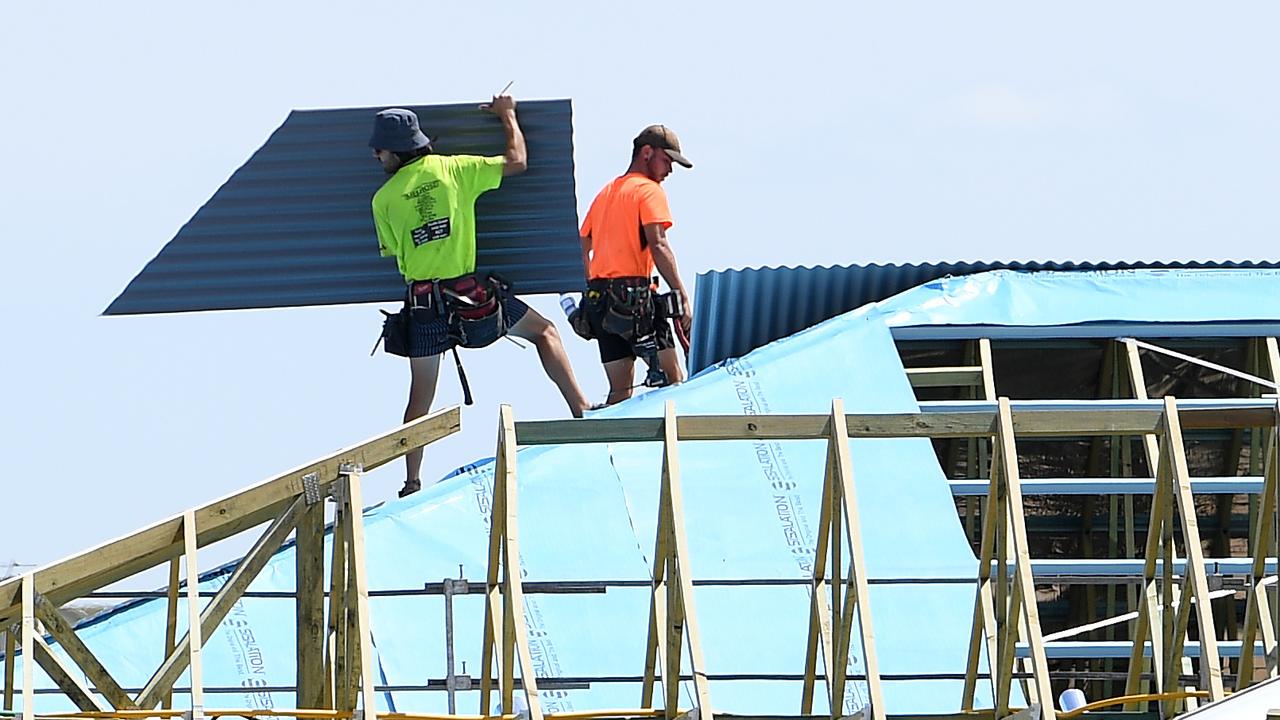Shhhh. . . we are growing, but don't tell anyone about it
I WAS critical of Tony Burke's sustainable population strategy last week because the report abstained from citing a population target for Australia.
I WAS critical of Tony Burke's sustainable population strategy last week because the report abstained from citing a population target for Australia.
The logic offered was that there is no point providing a population target if we can't be certain about, or control, the rate of growth.
My concern is this: how can you have a strategic plan for a sustainable population without a destination?
The problem is that business and government have no official view as to where this nation is headed from a demographic viewpoint. And I am sure this would be of as much concern to those who oppose growth as it is to those who support (planned and managed) growth.
But there is an alternative source of information.
The federal government might not be prepared to commit to a target population or to cite a preferred net overseas migration figure (which could then be extrapolated to a target population), but that doesn't mean there is no official view about future population growth.
Sadly you won't find this view in the Burke report; you will find it in the budget papers.
In Appendix B to budget paper No 3, there is a set of demographic assumptions that the government relies on for forward estimates between last year and 2014.
If your business needs to know what the short-term population growth expectation is, then go to Table B2 (see http://tinyurl.com/3rl2ydj). There you will find Treasury's estimates of net overseas migration for the next three years. Note that the data is for calendar years, as opposed to financial years.
Net overseas migration, which peaked at a historic 316,000 in the year to December 2009 and gave rise to angst about "big Australia", dropped to 177,000 the following (election) year.
The net overseas migration assumption required to deliver the big Australia that Kevin Rudd spoke about on the ABC's 7.30 Report in October 2009 was 180,000. The budget papers show net overseas migration at 175,000 for this year to December.
I have no doubt that this two-year trend of contracting net overseas migration would please the anti-growth lobby. As indeed it pleased me. This nation does not have the systems and/or infrastructure to cope with the rate of growth that prevailed in 2009. But my concern has been that the policy levers that were pulled to slow the rate of growth last year and this year might be left in the "off" position, thereby allowing net overseas migration to free fall next year and beyond.
After all, the latest published Australian Bureau of Statistics estimates show that net overseas migration was passing the 186,000-mark in the year to last September; there was every reason to suspect that this downward trend would continue.
During the September quarter, net overseas migration was 42,000, down 40 per cent from the same quarter in 2009 (72,000). If this trend were to have been maintained, then net overseas migration for the year to next month would have been 122,000, which is well below the number "required" to sustain the pool of skills and labour to continue to deliver services and real growth to the tax base.
That is why Burke's hoped-for strategic direction was so important and why the report's lack of direction on this issue was so disappointing.
But fortunately the budget papers make the way forward clear. This government expects net overseas migration to return to 180,000 next year and in 2013 and 2014. We have come through an unsustainably big Australia trajectory (which would have yielded 40 million by 2050 if it had continued) and we seem to have settled on a trajectory that will deliver the big Australia's 36 million by mid-century.
The implications for business and especially for property are significant. The citation by Treasury of an expected return to 180,000 net overseas migration means that, with careful management, there should be sufficient skills to manage the mining boom and, over the medium term, to offset the impact of retiring baby boomers.
But it also means that consumer and property demand that has been in free fall for two years is not expected to continue.
If your business is making strategic plans for the next one to three years, then I suggest you use the Treasury-projected uptick in net overseas migration to support a more bullish position. The question is, I suppose, whether there is the political will to deliver the volume of skills and the rate of growth that this nation needs to continue to deliver the kind of prosperity that we have all become addicted to.
Based on the view that this year and next are not expected to be election years, I think that there is every chance that Treasury's projections will be delivered.
The only issue now is to keep these salutary facts about the short-term demographic outlook very, very quiet from the anti-growth lobby.
Bernard Salt is a KPMG Partner;
twitter.com/bernardsalt; bsalt@kpmg.com.au


